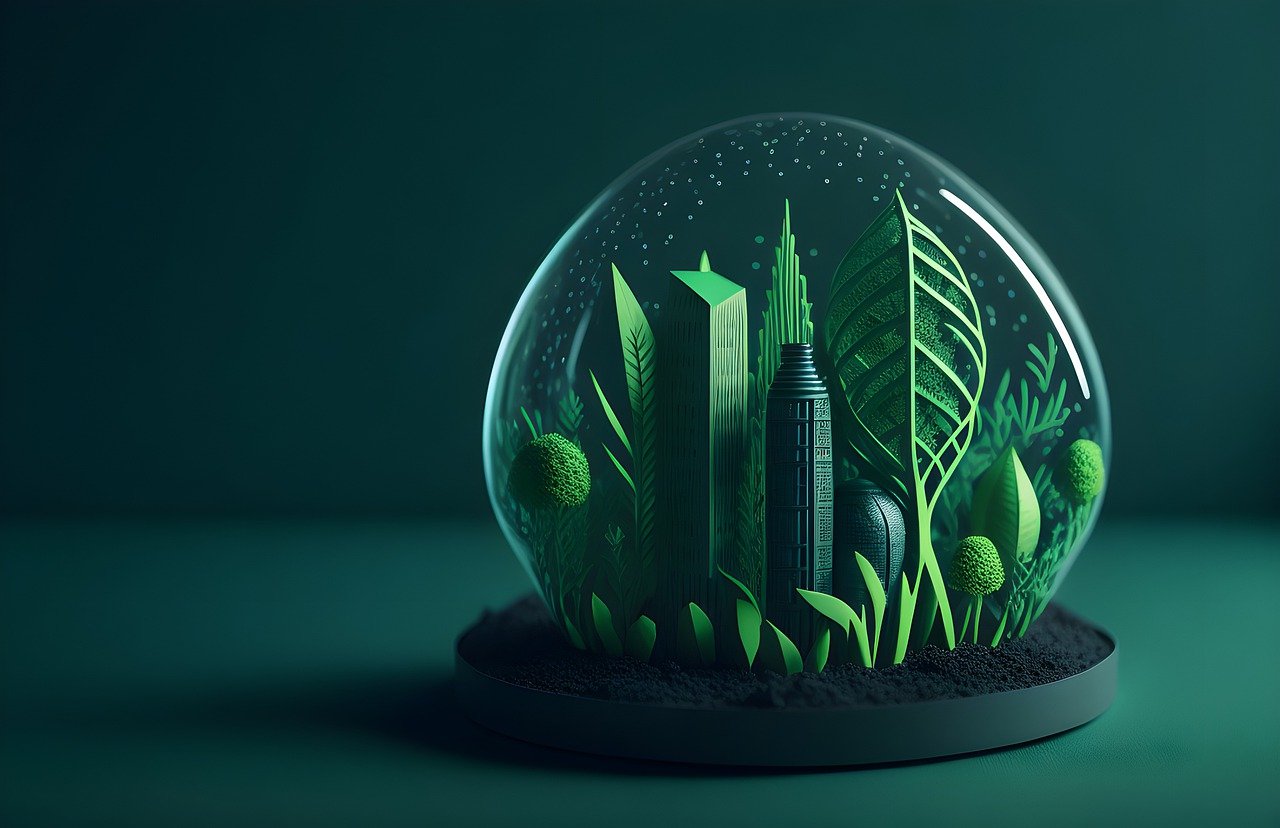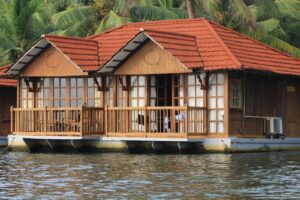In an era marked by unprecedented environmental challenges and a growing commitment to sustainable living, the construction industry stands at the forefront of transformation. Eco-friendly construction, also known as green building, has emerged as a powerful and imperative response to the pressing need for more sustainable and environmentally responsible practices. With a focus on minimizing environmental impact, conserving resources, and creating healthier living spaces, eco-friendly construction represents a fundamental shift in the way we conceive, design, and build our homes and buildings. As we navigate the complexities of a changing climate and resource constraints, the importance of eco-friendly construction becomes ever more evident. This article delves into the multifaceted world of eco-friendly construction, exploring its significance, key components, and the far-reaching impact it has on the way we build our homes and shape the future of our planet. Join us on a journey into the realm of sustainable living through eco-friendly construction practices, where bricks and mortar are imbued with environmental consciousness, and the promise of a greener, more sustainable future takes root.

The Importance of Eco-friendly Construction
Environmental Preservation
Eco-friendly construction is crucial for preserving our planet’s fragile ecosystems. Traditional construction methods often result in deforestation, excessive waste generation, and habitat destruction. In contrast, eco-friendly construction emphasizes sustainability, utilizing renewable materials and minimizing ecological disruption.
Energy Efficiency
The built environment accounts for a significant portion of global energy consumption. Eco-friendly construction prioritizes energy efficiency through better insulation, high-performance windows, and renewable energy sources such as solar panels. This reduces both energy bills and the carbon footprint.
Resource Conservation
Resource scarcity is a growing concern. Eco-friendly construction focuses on minimizing resource consumption by employing sustainable materials like bamboo, reclaimed wood, and recycled steel. By reducing the demand for virgin resources, these practices mitigate environmental degradation.
Reduced Pollution
Traditional construction generates substantial air and water pollution, including emissions from heavy machinery and toxic runoff. Eco-friendly construction incorporates pollution-reducing techniques like green roofs, which absorb rainwater and filter pollutants, and low-emission building materials.
Healthier Living Spaces
Indoor air quality significantly impacts occupants’ health. Eco-friendly construction prioritizes the use of non-toxic, low-VOC (volatile organic compound) materials, enhancing indoor air quality. This contributes to better overall well-being for residents.

Key Components of Eco-friendly Construction
Sustainable Materials
Eco-friendly construction begins with the selection of sustainable materials. This includes responsibly sourced timber, recycled steel, and eco-friendly insulation materials. These choices reduce the environmental impact of construction.
Energy-Efficient Design
The design phase is critical for energy efficiency. Eco-friendly construction incorporates passive solar design, optimal building orientation, and natural ventilation to minimize the need for heating and cooling, reducing energy consumption.
Renewable Energy
Harnessing renewable energy sources like solar panels, wind turbines, and geothermal systems is a hallmark of eco-friendly construction. These technologies provide clean, sustainable energy for homes and buildings.
Water Efficiency
Water is a precious resource, and eco-friendly construction aims to minimize water waste. Low-flow fixtures, rainwater harvesting systems, and efficient irrigation methods contribute to water conservation.
Waste Reduction
Construction generates a significant amount of waste, much of which ends up in landfills. Eco-friendly construction practices prioritize waste reduction through recycling, reusing materials, and employing construction methods that generate less waste.
Eco-friendly construction isn’t just a passing trend it’s a vital response to the environmental challenges facing our world. By preserving the environment, conserving resources, reducing pollution, and prioritizing energy efficiency, eco-friendly construction paves the way for a more sustainable future. As we look to build and inhabit structures that harmonize with the natural world, eco-friendly construction becomes not just a choice but a responsibility—one that benefits both the planet and future generations. Embracing these principles is not only an investment in the environment but also in the well-being of all who call these eco-friendly structures home.







